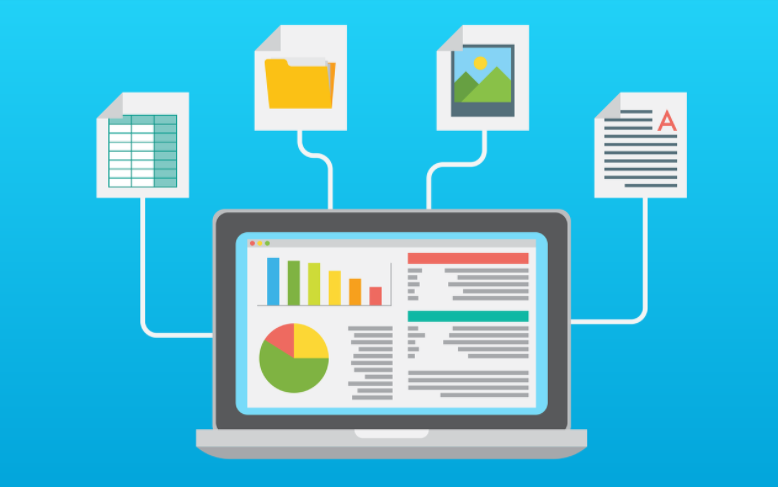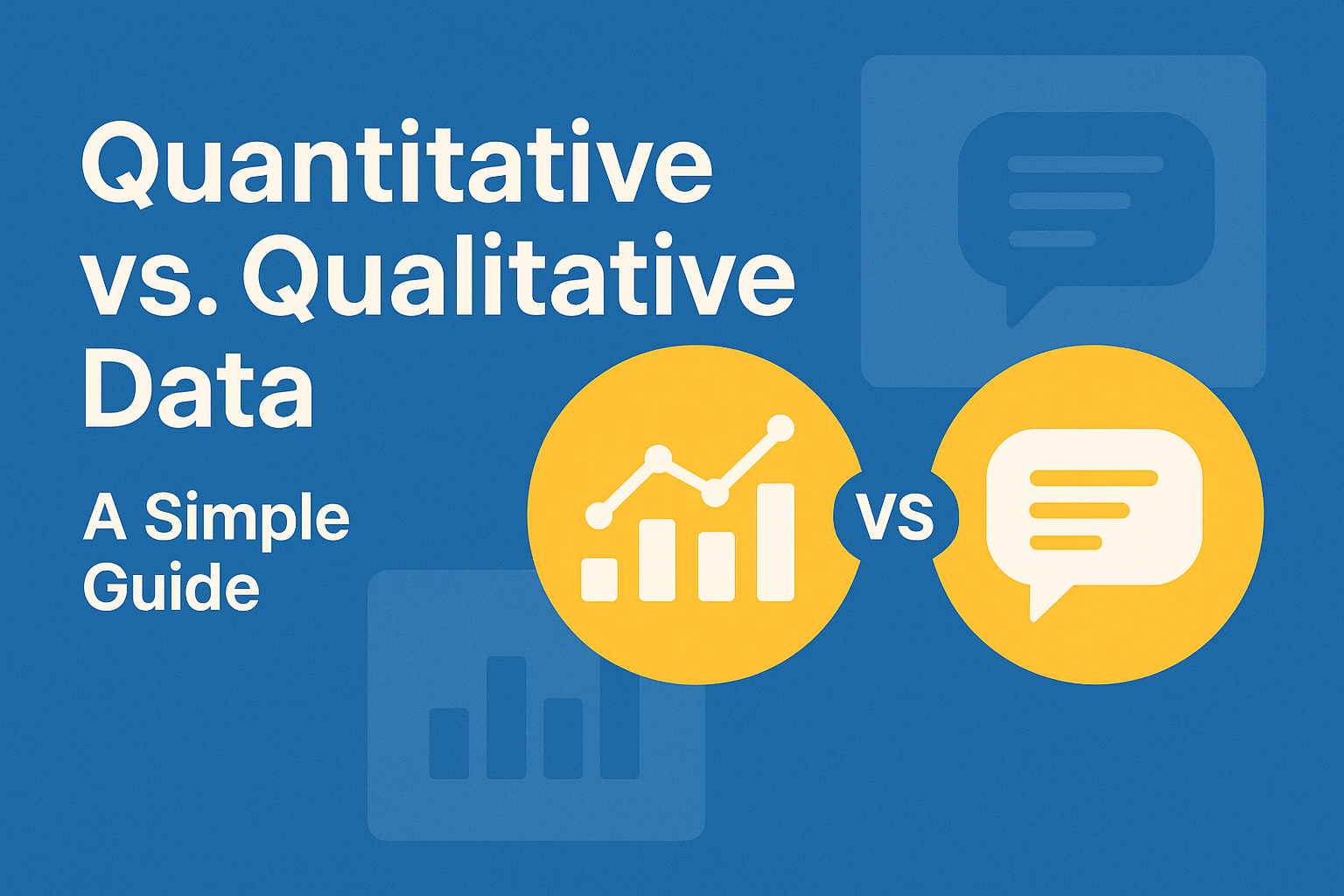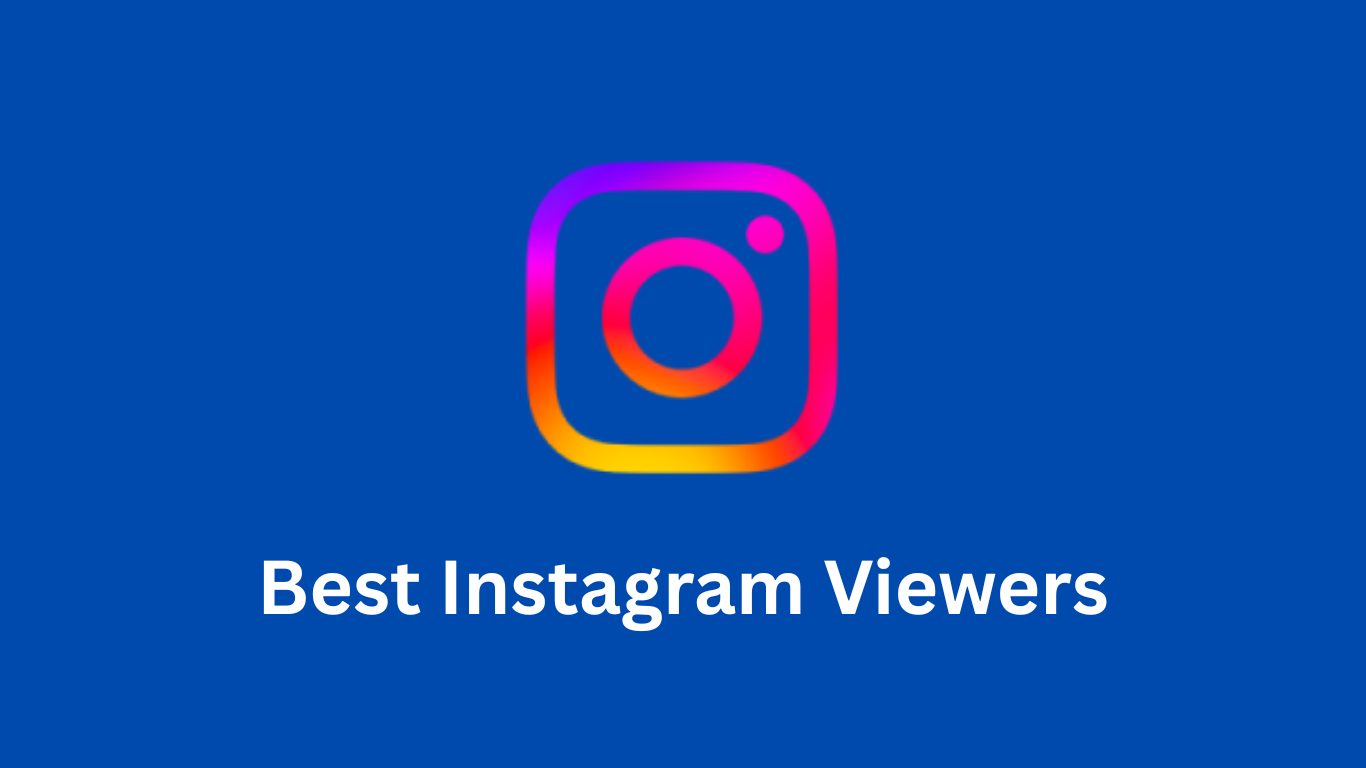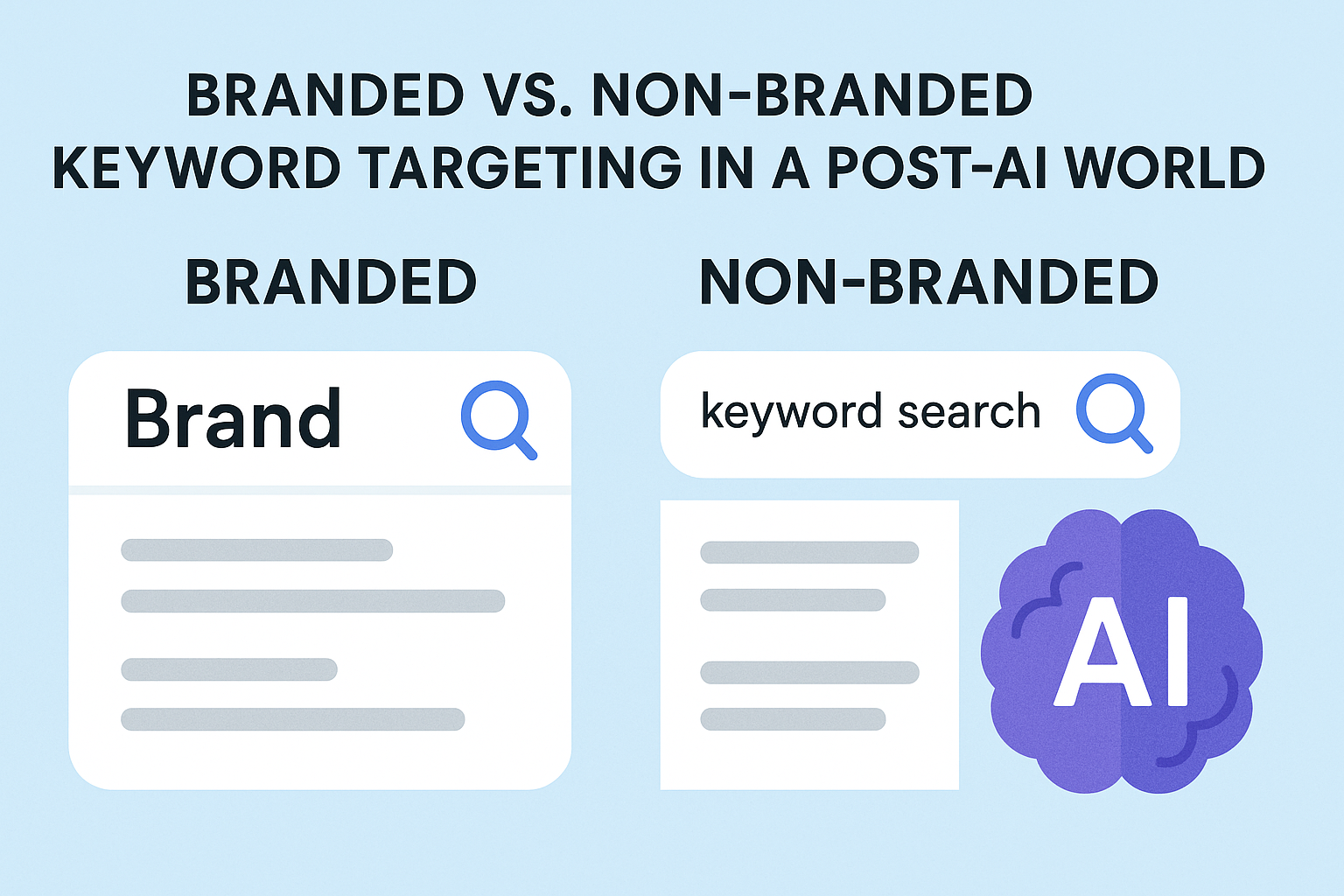Web design is an evolving field, with trends and best practices constantly shifting each year. While professional web designers are accustomed to these changes, beginners often find it challenging to keep up with modern web design standards. However, certain timeless elements remain critical, regardless of the changes.
Building a website that not only attracts customers but also reinforces your brand’s identity is a challenging task. While it may seem as simple as choosing complementary colors, web design is much more intricate. Just as a chef perfects a dish or a designer fine-tunes a collection, web designers meticulously craft websites that combine aesthetics and functionality.
Whether you’re just starting out or looking to revamp your website, certain fundamental elements are essential for creating a successful, user-friendly site. These elements go beyond visuals—they impact SEO, customer engagement, and overall website performance. Let’s explore the basic elements of web design in 2025.
Key Elements of Web Design in 2025
1. Visual Appearance & Layout: Making a Strong First Impression
Your website’s design should capture attention from the very first visit. A clean, modern layout with plenty of white space not only looks professional but also ensures that your content is easy to digest. The goal is to create a layout that’s familiar, accessible, and intuitive.
Studies show that over half of users expect a website to load within two seconds. If it takes longer, visitors are likely to leave and may not return. So, optimizing your design for speed is critical to retaining users.
In addition, make use of high-quality graphics, icons, and strong photography. These elements should complement each other and your brand identity, creating a cohesive visual experience. A strong visual hierarchy—using strategic placement of elements like logos, navigation, and search bars—reinforces brand recognition and enhances user interaction.
2. Color Scheme & Typography: Defining Your Brand
The colors and fonts you choose are vital in conveying your brand’s message, values, and personality. Your color scheme should align with your industry and audience. For instance, soft pastels work well for baby-related products, while bold, vibrant colors are ideal for a teenage audience.
Typography also plays a significant role in readability and tone. Choose fonts that are not only visually appealing but also accessible across devices. Your website’s text should be easy to read and designed to guide users through the content seamlessly.
3. Navigation: Ensuring Easy Access to Information
A user-friendly navigation menu is crucial for guiding visitors through your website efficiently. Avoid overly creative or hidden menus, such as a hamburger menu, which can obscure essential information and lower click-through rates. Instead, opt for visible and intuitive navigation.
The navigation should allow users to find what they’re looking for with minimal effort. A simple, well-organized menu ensures that both new and returning customers can quickly locate the information they need, enhancing user experience and increasing engagement.
4. Responsive Design: Optimizing for All Devices
In 2025, responsive design and mobile-friendliness are not options—they’re necessities. Your website must function smoothly on desktops, tablets, and mobile devices alike. A responsive, mobile-friendly design automatically adjusts elements like images, text, and navigation to fit different screen sizes, providing a seamless experience regardless of the device.
Given that mobile users account for a significant portion of web traffic, failing to prioritize responsive design and mobile-friendliness can lead to higher bounce rates and lost opportunities, as well as negatively impact your SEO ranking.
5. Content: Enhancing SEO and User Experience
Once your website design is in place, filling it with valuable, well-structured content is the next critical step. Content is the backbone of your website—it informs, engages, and leads visitors toward a call to action. Each page should have clear, concise text that’s easy to read and aligned with your brand’s tone.
Effective content also boosts your SEO. By incorporating relevant keywords naturally throughout your site, you improve your chances of ranking higher in search results. Search engine optimization remains vital for maintaining visibility in an increasingly competitive digital landscape.
Use headings, bullet points, and short paragraphs to organize your content for easy scanning. Your “About Us” page should clearly describe your brand, and the “Contact” page should provide all necessary contact information. Ensure that your blog offers informative, SEO-optimized content related to your industry and services.
6. Performance & Speed: Keeping Users Engaged
Website speed continues to be a top priority in 2025. Visitors expect a fast, smooth experience, and if your website is slow, they will leave. Compressing images, leveraging browser caching, and using a reliable hosting service are some ways to ensure optimal performance.
Regular performance tests can help identify any areas for improvement. Tools like Google PageSpeed Insights can provide actionable recommendations for enhancing your website’s speed.
7. Accessibility: Designing for All Users
Designing for accessibility means creating a site that everyone, including people with disabilities, can use. This includes ensuring proper color contrast, adding alt text to images, making forms easily navigable, and implementing keyboard-friendly navigation.
Incorporating accessibility features is not only ethically responsible but also broadens your audience and ensures compliance with regulations.
8. Security: Protecting User Data
As cybersecurity threats grow, website security is more important than ever. Implementing HTTPS, using secure passwords, and keeping your software up to date are basic steps every website should take to safeguard user data.
Additionally, ensure that any payment processing or personal information forms are secure to build trust with your audience.
Search Engine Cage – Your Trusted Partner in Web Design for 2025
If you’re looking for a professional, forward-thinking web design agency, Search Engine Cage is your go-to solution. Our team of skilled developers and designers blends creativity with strategy to deliver high-conversion websites that not only meet current standards but also anticipate future trends.
Whether you’re building from scratch or redesigning an existing site, Search Engine Cage can help you create a website that elevates your brand and drives results.

The Search Engine Cage team is on a mission to educate entrepreneurs. We make things easier for the small business owner, by writing articles that help them to understand SEO and Digital Marketing.







